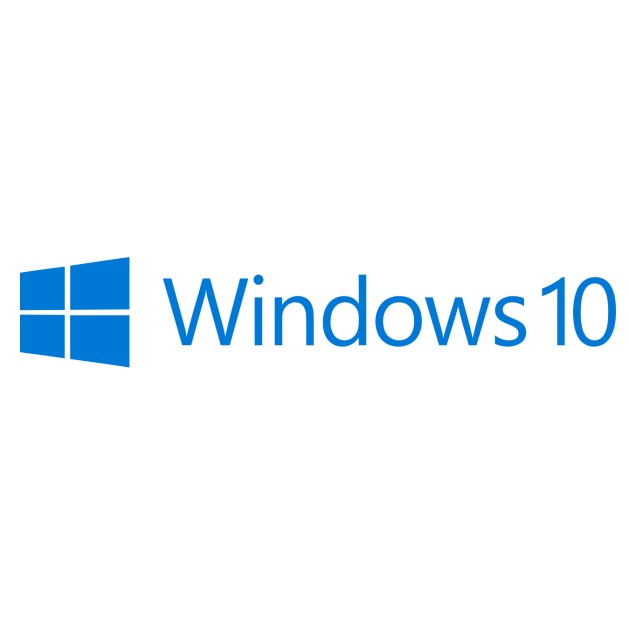Table of Contents
Previous Issues
Windows 10 Build 1803 has had some quirks in its delivery. Some I've already written about Here and Here. Today I'd like to go over another one that has surfaced in multiple machines since the update started rolling out.
Update Failure
In the majority of cases we've seen, a computer will be on 1709 and then fail to install 1803. You may see an error window, but you'll usually see it in Windows Update, like so:
There are a few methods you can try to get around this, so I'll try to cover the ones that have worked for us so far.
Resolution 1: Direct Download
First, try downloading the update directly through Microsoft Here
It will look like this:
Resolution 2: Upgrade Assistant
If that fails, you can also use the Windows 10 Upgrade Assistant. You can get there by pressing the Windows Start button on your desktop and typing in "Upgrade Assistant". Windows will bring you to the following screen to update:
Resolution 3: Restarting the Update Service via Powershell
Restarting services requires going in to the Windows Powershell. If you are not comfortable with this, please skip this resolution. If you see this screen, you're in the right place:
Type in the following commands (without the quotes) while hitting the enter key after each command:
- "net stop wuauserv"
- "net stop cryptSvc"
- "net stop bits"
- "net stop msiserver"
- "Ren C:\Windows\SoftwareDistribution SoftwareDistribution.old "
- "Ren C:\Windows\System32\catroot2 Catroot2.old"
- "net start wuauserv"
- "net start cryptSvc"
- "net start bits"
- "net start msiserver"
After Instruction #10, try reboot the machine, and try updating again.
Resolution 4: Disabling Intel Virtualization in BIOS
This last fix should work if all other solutions fail. First, get in to your BIOS. You can get there by continuously pressing the *delete* key when you hear your computer beep after pressing the power button. Once in the BIOS, make sure you’re in "Advanced" mode, and then look in the "Advanced" tab. You want to disable "VT-d", "Intel Virtualization", or "Intel VT-d".I’ve included screenshots of where this usually resides in BIOS:
Need help with your Puget Systems PC?
If something is wrong with your Puget Systems PC. We are readily accessible, and our support team comes from a wide range of technological backgrounds to better assist you!
Looking for more support guides?
If you are looking for a solution to a problem you are having with your PC, we also have a number of other support guides that may be able to assist you with other issues.
